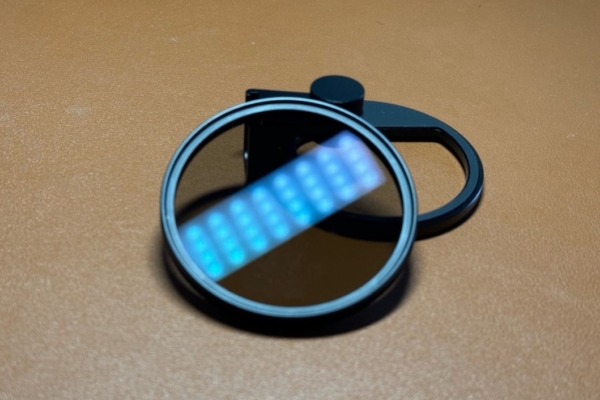Recently, Japanese scientists have developed a simple and low-cost new technology for manufacturing 2D nano-thin films. These films produced by the new technology not only have excellent quality but also can be mass-produced rapidly. Moreover, they can easily transfer the previously difficult-to-transfer films onto solid or flexible substrates, with minimal environmental pollution and damage throughout the manufacturing process.
One of the challenges with nano-thin films made from materials like graphene and other inorganic 2D nano-sheets is achieving uniformity, scalability, and quick transfer onto substrates. Traditional methods such as chemical vapor deposition (CVD) and Langmuir-Blodgett (LB) often result in uneven films that are hard to produce on a large scale. These films are usually smaller than 2 inches and have limited practical applications.
A team led by Professor Minoru Osada from the Institute of Materials and Systems for Sustainability (IMaSS) at Nagoya University in Japan has developed a groundbreaking nano-thin film manufacturing process that not only addresses past manufacturing challenges but also significantly reduces environmental pollution from chemical reagents. The research results were published in July this year in the journal “Small”.
The team accidentally discovered that when nano-sheets are wetted, they spontaneously arrange themselves on the water surface, forming a dense nano-thin film in just 10 to 15 seconds. Scientists refer to this phenomenon as “spontaneous diffusion” process.
After this discovery, researchers mixed various nano-sheets like titanium oxide, 2D perovskite, ruthenium dioxide, tungsten oxide, graphene oxide (GO), and transition metal carbides (MXene) into a TBA suspension (tetrabutylammonium hydroxide, TBAOH) containing water and alcohol. They then tested the “spontaneous diffusion” phenomenon by dropping the mixture onto the water surface using a dropper.
The results showed that these nano-sheets stably and rapidly formed on the water surface, eventually creating complete mono-layered nano-thin film structures. This is because the evaporation rate of alcohol is faster than water, leading to a significant concentration gradient difference on the liquid’s surface, resulting in tension disparities that facilitate the movement of fluid from areas of lower tension to higher tension, forming a complete convection (Marangoni convection). This process enables the nano-sheets within the solution to align more densely and orderly.
Researchers successfully lifted single-layer nano-thin films of materials like titanium oxide from the solution and quickly transplanted them onto substrates made of glass, metals (platinum, gold, aluminum foil), and PET plastic ranging from 2 to 4 inches. The films achieved an average coverage rate of over 95% on the substrates, with very few instances of gaps or overlaps.
Professor Osada of Nagoya University expressed to the university’s press office, “The spontaneous arrangement and tight stacking of nano-sheets, akin to ice floes gathering on the water’s surface, are crucial for creating uniform and high-quality nano-thin films. Additionally, the nano-sheet films produced with this method can be easily transferred onto substrates in a short time.”
The researchers also found that a 50% alcohol concentration and TBA suspension concentration between 0.1 to 0.5g/L produced the optimal density and quality of the assembled nano-sheets into nano-thin films. This is because the TBA suspension enhances the hydrophobicity of the nano-sheets, effectively allowing them to float on the air-water interface, preventing mixing with water.
Nano-thin films of ruthenium dioxide produced using this method have better transparency than graphene and higher electrical conductivity than indium tin oxide. Moreover, titanium dioxide and 2D perovskite nano-thin films generated with this method exhibit extremely high refractive indices, creating rainbow colors on their surfaces, which is ideal for optoelectronic devices.
The researchers mentioned that this method is not limited to suspensions containing water and alcohol, as it is also applicable to organic solvents like acetone and N-methyl-2-pyrrolidone. Furthermore, these nano-thin films can not only be easily transferred onto porous substrates but can also be stacked multiple times to form peelable independent films for applications in water purification, gas separation, electronics, sensors, among others.
Professor Osada emphasized the immense potential of this method, stating, “The multilayer films manufactured using this technique demonstrate outstanding performance and functionality, making them suitable for applications in transparent conductive films, dielectric films, photocatalytic films, corrosion-resistant films, and thermal insulation films.”
In addition to its technical advantages, Professor Osada highlighted the method’s minimal environmental impact, stating, “This method can produce films on various substrates using water-based processes at room temperature, without the need for vacuum film-forming equipment or expensive tools, which was rarely seen in traditional film manufacturing processes.”

